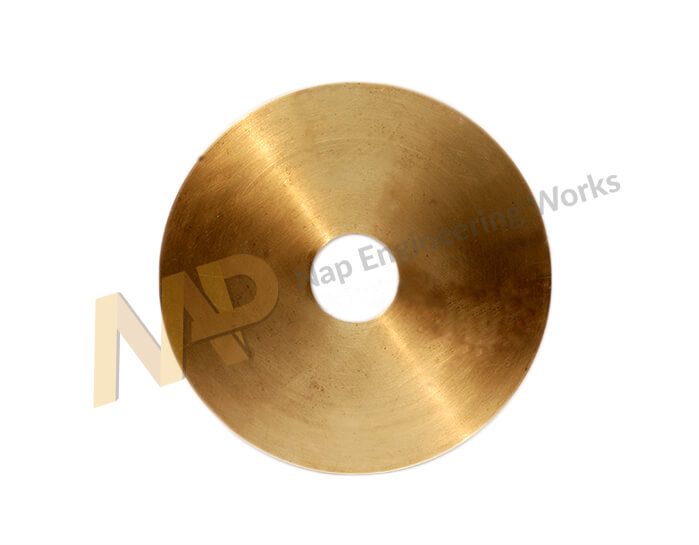Know the Differences Between Pressure and Gravity Die Casting Process
When it comes to casting processes, there are quite a few methods that you can choose from. There is forged casting, investment casting, followed by the two most preferred casting processes, pressure casting and gravity die casting. In today’s discussion, we are going to take a look at the latter two processes and concentrate on the points of difference between the two. Read on to know more about the differences between gravity die casting and pressure casting process, as explained by one of the leading aluminium gravity die casting manufacturers in the country.

How Are the Processes of Pressure Casting and Gravity Die Casting Different
- Gravity Die Casting
The process gets ‘gravity’ in its name because of the way the things work out in the method. Molten metal is poured directly into a metallic tool from a high, vertical position. There is no additional force that is required for the process as is the case with pressure casting. The procedure is so preferred because of the ability to use sand cores in addition to the metal cores, something known as semi-permanent mould casting. The key advantage that this process presents, as aluminium gravity die castings manufacturers explain, is that the levels of trapped gas in the mould is much lower, leading to castings with a high integrity and a cleaner surface finish. Due to the fact that the molten metal is poured into the mould, there are fewer chances of the metal getting folded over itself for getting introduced too fast. The gravity die casting process is ideal for large and thick parts and there is also greater opportunity for detailing. Due to the use of sand cores, the designs can be significantly more complex so there is much more flexibility with the process. Because of so many advantages, understandably gravity die castings are a little bit more than pressure castings, but still very reasonable.
- Pressure Casting
The pressure casting process involves the production of high volumes of similar metallic parts of low-temperature with high precision. There is a need for complicated machinery for the process so that the molten metal or alloys can be injected with a high force directly into a metal die that is hardened to the point of being a steel tool. The flexibility with pressure casting is much less compared to gravity die castings, as the use of complex and automated machinery is concerned. The strength of these castings is extremely impressive, and since the metal is injected directly and with pressure, the chance of losing some of the metal through spillage is greatly reduced. The costs associated with pressure castings are also lower than gravity die casting because of the levels of automation involved.
These are some of the ways that the processes of gravity die castings and pressure castings are different. The points of distinctions stem from the processes in which they are made, and while both are sought-after in the market, the gravity dies casting process inches slightly ahead in terms of demand.

